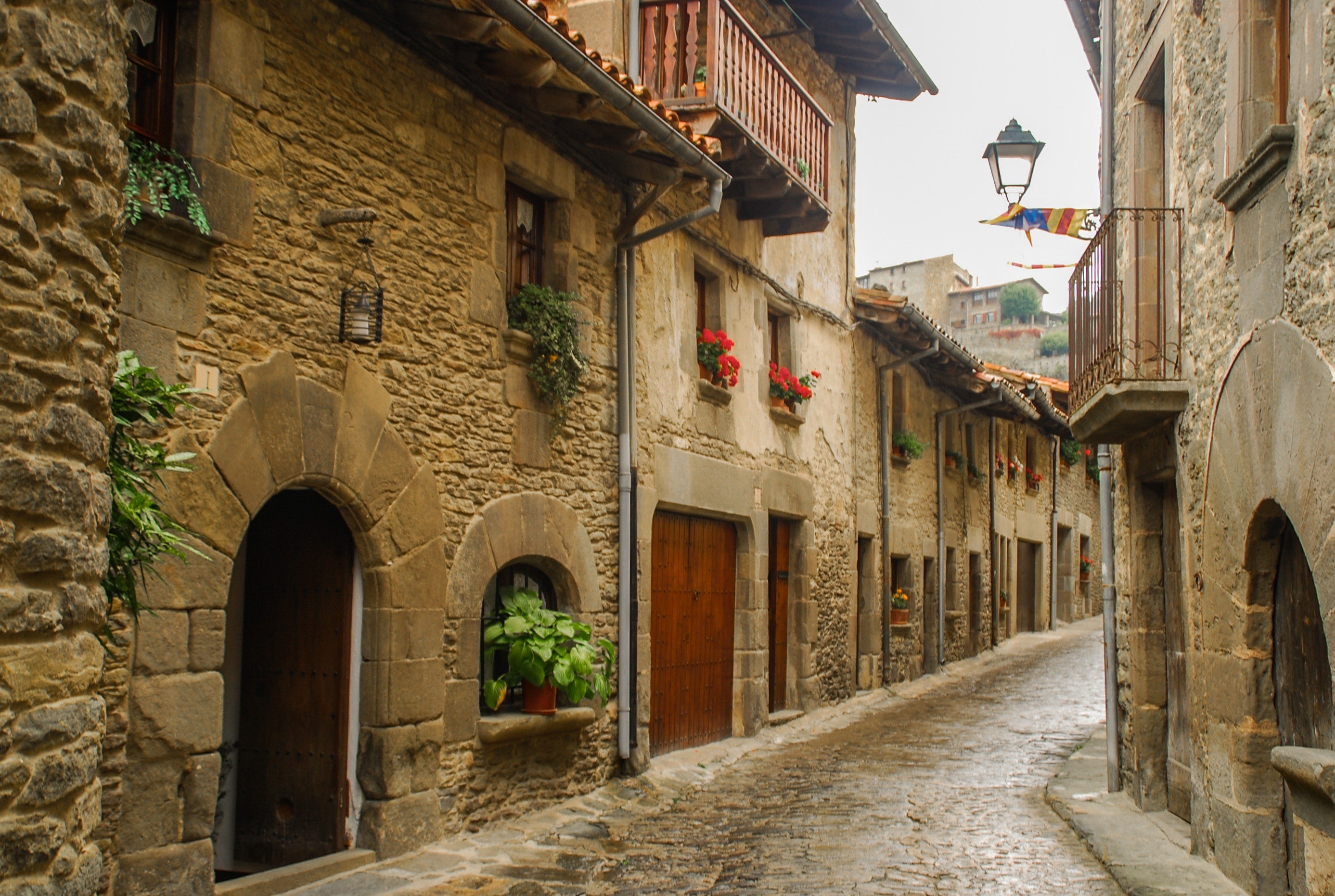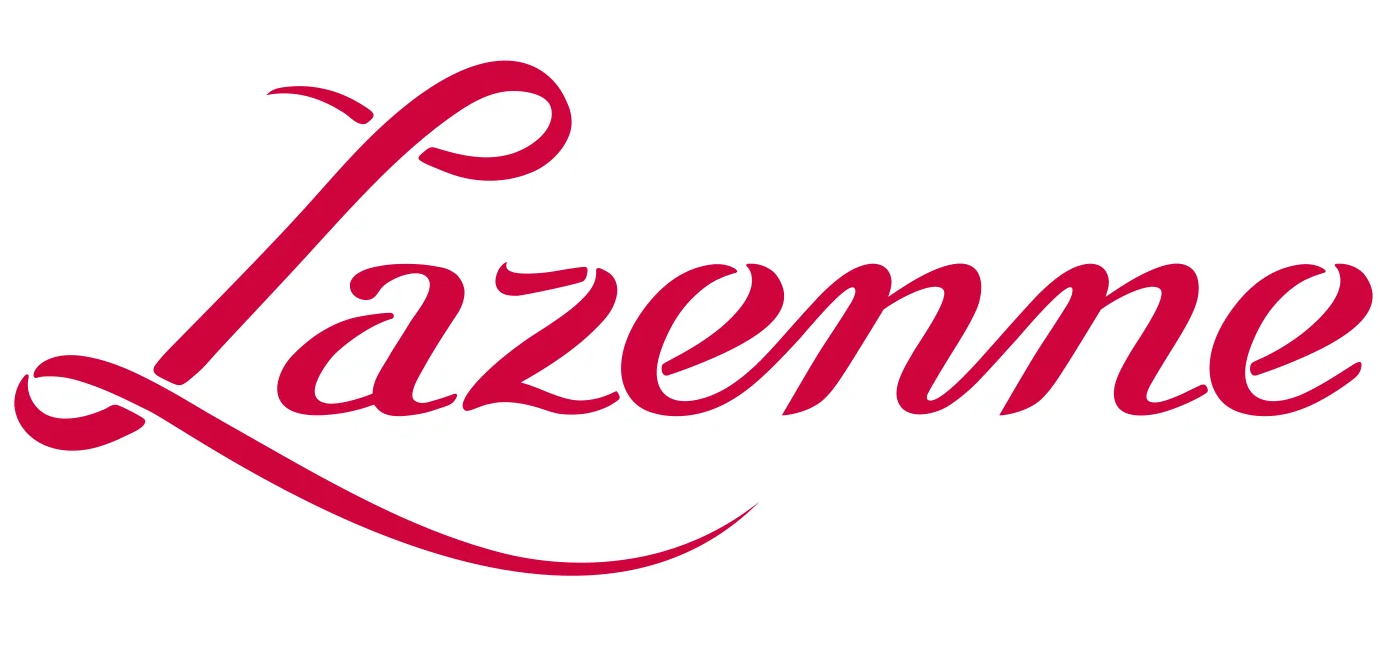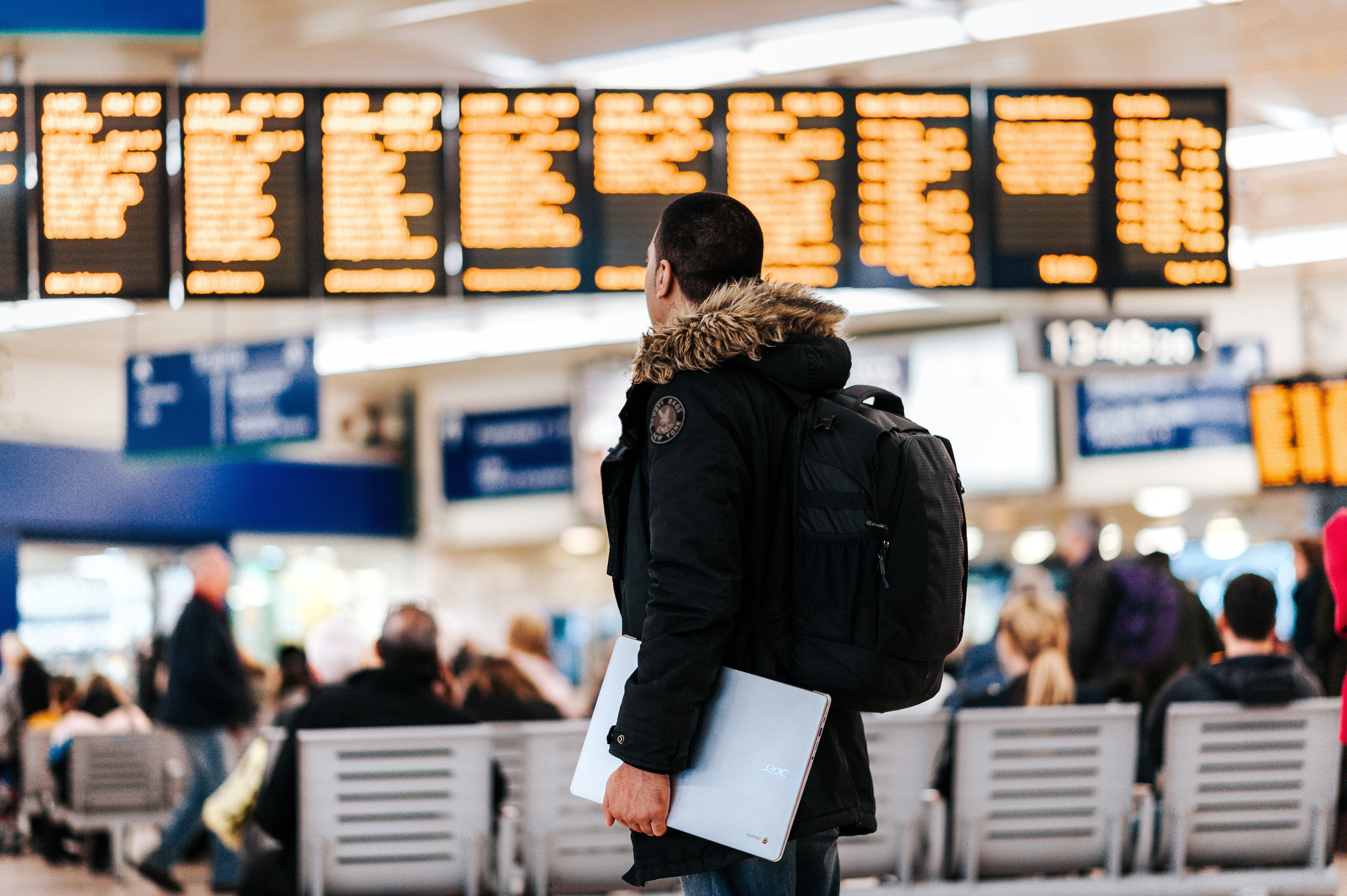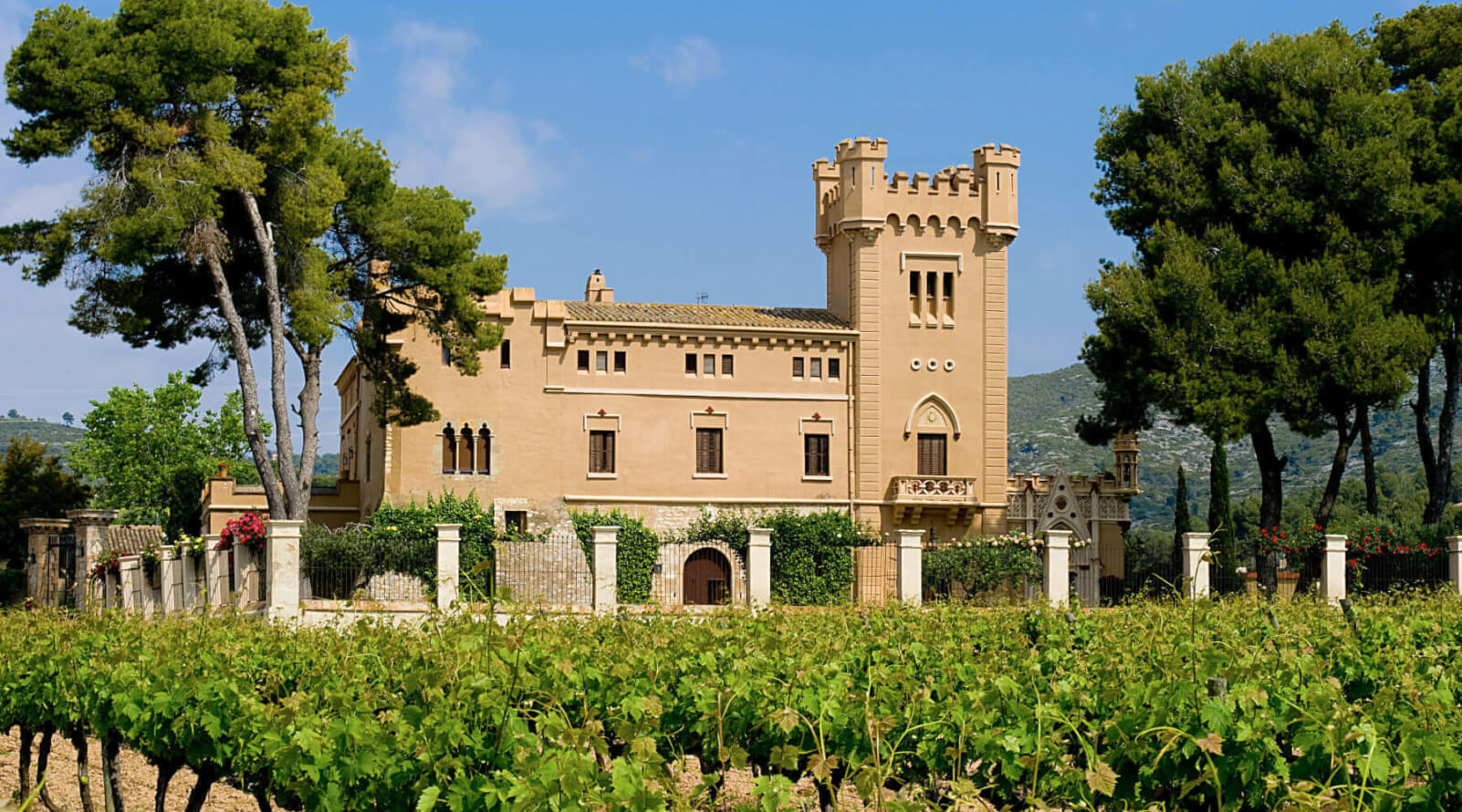
Cava Unveiled: The Secrets of Production and how to plan a Day Trip to visit Cava Houses from Barcelona
What do you think of when you think of Barcelona? Radiant sunshine beating down on sandy beaches? Lazy afternoons spent wandering in the meandering, charming streets of the old city? Staring up at the majesty of La Sagrada Familia and trying to piece the enormity of it together? Barcelona is many things to many people, yet from a wine lovers point of view, it's also a launching pad to many distinctive, interesting wine regions that are dotted around the capital of Catalunya. Of the 71 high quality wine regions in Spain, Catalunya is home to 12, from the unforgiving, jagged slopes of Priorat to the wind-swept northern limits of Emporda. Yet, a little over half-an-hour outside Barcelona lies perhaps it's greatest treasure of all; Cava.
Cava is the vinous lifeblood of Catalunya, both commercially and as an everyday drinking wine. It's common to sit in a market on a Saturday morning and see the locals quenching their thirst after a mornings haggling and shopping, or to see bottles littered across table-tops during lunch-time as a delicious pairing with a seafood based lunch. Yet for all the visitors to Barcelona, so few take the short journey to Sant Sadurni d'Anoia, the heart of Cava production and home to the most famous producers in the land. That seems like a shame to us, so we're going to give you some background on what Cava is all about, some tips for visits that will completely change your perception of Cava, as well as some general advice for the region. Click here to jump straight to our Guide to Visiting Cava Producers.

A brief history of Cava
First of all, what exactly is Cava? It's a sparkling wine made using the traditional method (like Champagne) in 10 different regions in Spain, yet over 90% of every bottle made in the country hails from the small, busy town of Sant Sadurni d'Anoia, just a short trip outside Barcelona. Its history starts in 1872, when the first commercially viable bottles were made by the Raventos family seeking to emulate the success of Champagne, and whilst the first 100 years or so of life were a steep learning curve, by the 1970's, Cava had established itself on a global level and was the second largest production of traditionally-made sparkling wine in the world. Entry to the European Union for Spain in 1986 led to some difficulties in establishing the legal framework of Cava, but since then it has gone from strength to strength, with a production of almost 250 million bottles a year, including some incredibly high quality wines to rival the very best Champagne.
Cava Production
If you're not familiar with the process of producing a traditionally made sparkling wine, we highly recommend you watch this 2 minute video below made by the lovely Sue Daniels, the sparkling wine expert for Marks and Spencer.
Decoding the Cava Label
Cava, like so many European wines, isn't the most obvious to understand when you've got the bottle in your hands. Brut? Gran Reserva? Classic Penedes? What does it all mean? Fear not, we've got our cheat-sheet below for you:
Label stipulations - typically these will appear on the label and give you an indication as to the style of the wine, in terms of age and sweetness levels.
- Brut Nature - Completely dry with no sugar added
- Brut - Off-dry with up to 12 grams of sugar added
- Extra Seco - Noticeably sweet with between 17 and 32 grams of sugar added
- Seco - No thanks. I'll just have a coca cola instead.
- Cava - A traditionally made sparkling wine aged for at least 9 months on its lees
- Cava Reserva - A traditionally made sparkling wine aged for at least 15 months on its lees.
- Cava Gran Reserva - A traditionally made sparkling wine aged for at least 30 months on its lees
Cava Classifications- These will also appear on the label and signify what classification of Cava this falls into, which can have implications for quality and style. There are further changes expected here!
- DO Cava - A traditionally made sparkling wine, produced in one of 10 classified regions within Spain under certain critera.
- Classic Penedes - A traditionally made sparkling wine produced from organically farmed vineyards within DO Penedes and aged for at least 15 months on its lees.
- Cava de Paraje Calificado - The highest classification of Cava, with stringent controls of viticulture from individually assessed plots of land. Aged for a minimum of 36 months on its lees.

Cava vs Champagne
- Climate – For anyone who's ever been to Champagne, you'll know that it's not the warmest wine-producing region in Europe. Catalunya, by contrast, is the sun-kissed Mediterranean land that sees millions of tourists flock to its beaches year after year. Naturally, this will make a difference in the style of wine, with Champagne grapes producing leaner base wines, higher in acidity and more austere in youth. Cava base wine is usually bolder and richer by contrast, with more obvious character when the wines are young.
- Geography – Champagne production is limited to a region in the north of France, close to the capital of Paris and with no further options for vineyard expansion or to buy in grapes from elsewhere. Cava can be made in 10 different regions in Spain and whilst the vast, vast majority of it hails from high quality producers in Sant Sadurni d'Anoia, other wines can hail from as far afield as Extremadura, Rioja and Valencia.
- Grape varieties – The so-called 'Champagne Grapes' are the classic combination of Pinot Noir, Pinot Meunier and Chardonnay, with other lesser known grapes occasionally mixed in. Cava by contrast uses very little of these, opting for their own indigenous varieties such as Xarel.lo, Macabeo, Parellada for white Cava and Trepat, Sumoll, Monastrell and Garnacha for Rosado Cavas.
- Sweetness – Most high quality Cava is bone-dry. After a traditionally made sparkling wine has been disgorged (the yeast removed from the bottle after its time in the cellar), a 'dosage' is often added in the form of sugar and wine to replace the lost volume from the ageing and disgorgement process. Nearly every Champagne is at least 'Brut' in style, which means that the wine contains less than 12 grams of sugar, an essential amount to balance the very high natural acidity of Champagne. Comparatively, most Cava is 'Brut Nature' in designation which means no added sugar whatsoever, as the warmer climate lowers the acidity in the grapes meaning that softening the hard nature of the wine isn't such a concern.
- Vintage and Non-Vintage – Due to the unfriendly weather in Champagne, the producers there have evolved to focus around a non-vintage 'house style' meaning that different vintages are blended together to create a consistent style. A 'vintage' Champagne simply means that it's made from grapes from a single year with no blending between vintages, and is usually a sign of a good harvest. Comparatively, Catalunya doesn't have such pressures from the weather and so most good quality Cava is always vintage dated.
Cava Day-Trips

The Winery: Freixenet
Freixenet is the worlds most famous Cava brand and has, until very recently, been a family owned operation since its foundation in 1889. Now the worlds largest producer of sparkling wine with operations in Argentina, America, Australia and even Champagne, there's no better place to visit to grasp the scale and modern technology at play in the sparkling wine world. From the outside of the winery, visible as soon as you leave the train station, the scale is already impressive. Remarkably, this giant of Cava extends a further 8 floors below the surface; layers of caves filled with millions of bottles of Cava slumbering in the cool depths, metres below the surface temperature where the hot sun would cause the bottles to explode! The focus here has always been on indigenous varieties and despite the acquisition of some vintages containing Pinot Noir and Chardonnay, Freixenet remains firmly traditional in its style.
The tour of the winery is highly recommended and covers not only the history of Cava and Freixenet's part in it, but includes an incredible journey around the inner workings of this immense producer. It's so vast, in fact, that part of the tour has to be conducted in a sort of train that scoots around the warehouses, showcasing the sheer scale of production as you pass through halls filled from floor to ceiling with Cava bottles. It does, as you might expect, conclude with a tasting of 1-2 Cavas with the option to purchase more by the glass if you want to try more of their impressive range. However, when it comes to a bottle to take away with you, there's really only one choice....
The Wine: Freixenet Can Sala 2007
Can Sala is a tribute to an integral part of Freixenet's history, to Dolors Sala Vivé, who carried on the business when she lost both her husband and a son in the Spanish Civil War, despite the difficulties of the time. Would Freixenet be where it is now without her tireless efforts? We doubt it.
The blend of this wine changes every year but the 2007 is remarkable for the fact it's made predominantly from Parellada, supported by Xarel.lo and aged in their cellars for between 8 and 9 years before commercial release. Only 12,000 bottles are produced per year and Freixenet keep 3,000 of those for themselves! One of the founding wines of the recently heralded 'Cava de Paraje Calificado', this is quite special and recently scored 97 points at the International Decanter Awards. A little piece of history in a bottle.
How to get there
The easiest way to get to Freixenet, or Sant Sadurni in general, is via public transport, in particular the train service that runs south from Barcelona. An iconic image in Sant Sadurni d'Anoia is the old railway track that always ran past the Freixenet winery. To this day, the first sight you're greeted with as you leave the station is the iconic winery, including the beautiful remodelled vehicles in front of it.
To get the train to Sant Sadurni d'Anoia from Barcelona, take the R4 Renfe – Rodalies line towards Sant Viçenc de Calders. Trains leave from the Sants and Plaza Catalunya stations and typically leave every 30 minutes or so, with tickets either purchased from the automatic machines or from the counters in the station. Travel time should be around 50 minutes in total. Train schedules can be found here.
Due to the larger scale of Freixenet, it's often possible to walk in and join a group about to take a tour around the facility. However, to avoid any chance of disappointment we always recommend that you book ahead of time.

The Winery: Bodega Recaredo
In direct contrast to the enormous size of Freixenet, Recaredo is a boutique operation making barely 250,000 bottles of Cava a year. It's a family ran business and has been since 1924, focusing on transparency and terroir perhaps more than any other Cava producer. Every single bottle of Cava reaches Gran Reserva status (aged for at least 30 months in their cellars before release), all are bone-dry and their vineyards are all farmed biodynamically, certified by Demeter. The focus on quality is extraordinary and whilst 250,000 isn't a large production compared to Cava's giants, creating this quantity of high quality Cava year by year using such manual, labour intensive takes a gargantuan effort.
As you might expect, the tour of the bodega and cellars also contains this personal touch, with small groups expertly led through every process of Cava production and why Recaredo go to the lengths that they do in both the vineyards and the winery. Plan for a full 90 minutes of discovery, followed by a tasting of 3-4 Cavas in a well lit tasting room. A visit to Recaredo is essential for any wine lovers in the area. Not only will you come away with a deep understanding of what goes into making a bottle of Cava, but you'll catch a glimpse of the quality potential at the very top end as well. Our recommendation for a wine to bring home with you, however, is....
The Wine: Recaredo Serral del Vell 2008
We could throw a dart at the Recaredo selection and come away with a delicious wine, but if we had to choose it would be Serral del Vell, formerly known as 'Brut de Brut'. With the 2008 vintage, this wine became part of the 'Cava de Paraje Calificado' classification, reflecting its specific origins and commitment to the terroir of Alt Penedes. An almost equal blend of the indigenous Xarel.lo and Macabeo, this is Cava at its most transparent.
One particularly interesting, and welcome, fact about all Recaredo wines is the level of information you'll find on the back label. Each bottle is individually labelled with the amount of time it's spent ageing in their cellars, as well as when the yeast was disgorged. As we said; ultimate transparency!
How to get there
The beauty of Sant Sadurni d'Anoia is that almost all the wineries are within walking distance of each other and Recaredo is no different. The easiest way to get to Sant Sadurni d'Anoia is by train, as discussed earlier, and then simply walk to Recaredo. Make sure to book in advance as the groups fill up quickly; showing up without an appointment is likely to result in disappointment!

The Winery: Parés Baltà
Parés Baltà is slightly different to our first two recommendations in that it isn't in Sant Sadurni d'Anoia itself, but further away, close to Vilafranca del Penedes. It's a remarkable winery, ran by a single family and fully organic since 2004. The two head wine-makers are both female, a sadly rare sight even today in Spain, and they make a broad portfolio of wines, both still and sparkling. The varied elevations of their vineyards give them a lot of options when it comes to grape growing, something they celebrate and use to their best advantage!
As a result of this, and their varied wine-making depending on the bottling, it's hard to explain the style of Parés Baltà easily. Many of their Cava's blend traditional varieties with Chardonnay and Pinot Noir, and the base wine is often partially aged in oak for some extra toasted, smoky flavours. Regardless of the wines you try, you'll notice that the attention to detail and the personal touch that goes into every bottle. Speaking of that personal touch....
The Wine: Cava Rosa Cusiné 2013
As with all the selections, it's hard to choose a wine but Cava Rosa Cusiné just about swings it for us. Made from Garnacha from their vineyard 'Finca Les Torres' at almost 700m above sea level, this is an elegant, delicately aromatic wine and quite rare for being made from 100% Garnacha! 30 months spent in the cellars gives this a nice balance between the lovely, red fruits and the smoky notes of autolysis (the break-down of yeast during the ageing process), making for a complete Cava Rosado. Don't leave without a bottle!
How to get there
This is the slightly trickier part as it's not within walking distance of any train station. There are two options here – to go by train to Vilafranca del Penedes and take a taxi, or to drive there yourself. From their own website:
By car: From Barcelona, take the highway AP-7 towards Tarragona and Lleida. Exit number at junction 28 towards “Vilafranca del Penedès N”. Continue in the direction of Sant Marti Sarroca on the BP-2121 road and you'll find the winery on the right hand side after around 5 kilometres. Travel time should be around 1 hour.
By train: The closest train station to the winery is Vilafranca del Penedès. From Barcelona, take the R4 Renfe – Rodalies line towards Sant Viçenc de Calders. Trains leave from the Sants and Plaza Catalunya stations. Catch a taxi from the taxi rank directly outside Vilafranca del Penedes station and head towards Pares Balta, which is all of 5km away. Train schedules can be found here.
As with Recaredo, the visits are very personal and need to be booked in advance. To contact them, check their website here and get in touch!

So there you have it; everything you need to know about the wonders of Cava production and more importantly, how to visit the wineries during your stay in Barcelona. This is an absolute must for any wine lover visiting the region but the natural beauty of the area, as well as the welcome reception and warmth of the Catalan people, mean that everyone will enjoy a visit out to these remarkable wineries. Salud!
Once you've found the right wine and want to get it home safely, make sure you do it properly! Check out the information on our specially designed wine luggage below:
Looking to buy a 12-bottle air flight approved Wine Check to fly back with some great Cava? You can pick one up at the following locations:
- Cava Llopart; Carretera de Sant Sadurní a Ordal, Km 4, 08739 Els Casots, Barcelona, Spain; tel. +34 938 99 31 25,
- Artcava; Masia Can Batlle s/n, 08793, Barcelona, Spain; tel. +34 647 90 67 42
Further reading on the Catalan wine region:



Deixar comentário
Este site é protegido por hCaptcha e a Política de privacidade e os Termos de serviço do hCaptcha se aplicam.